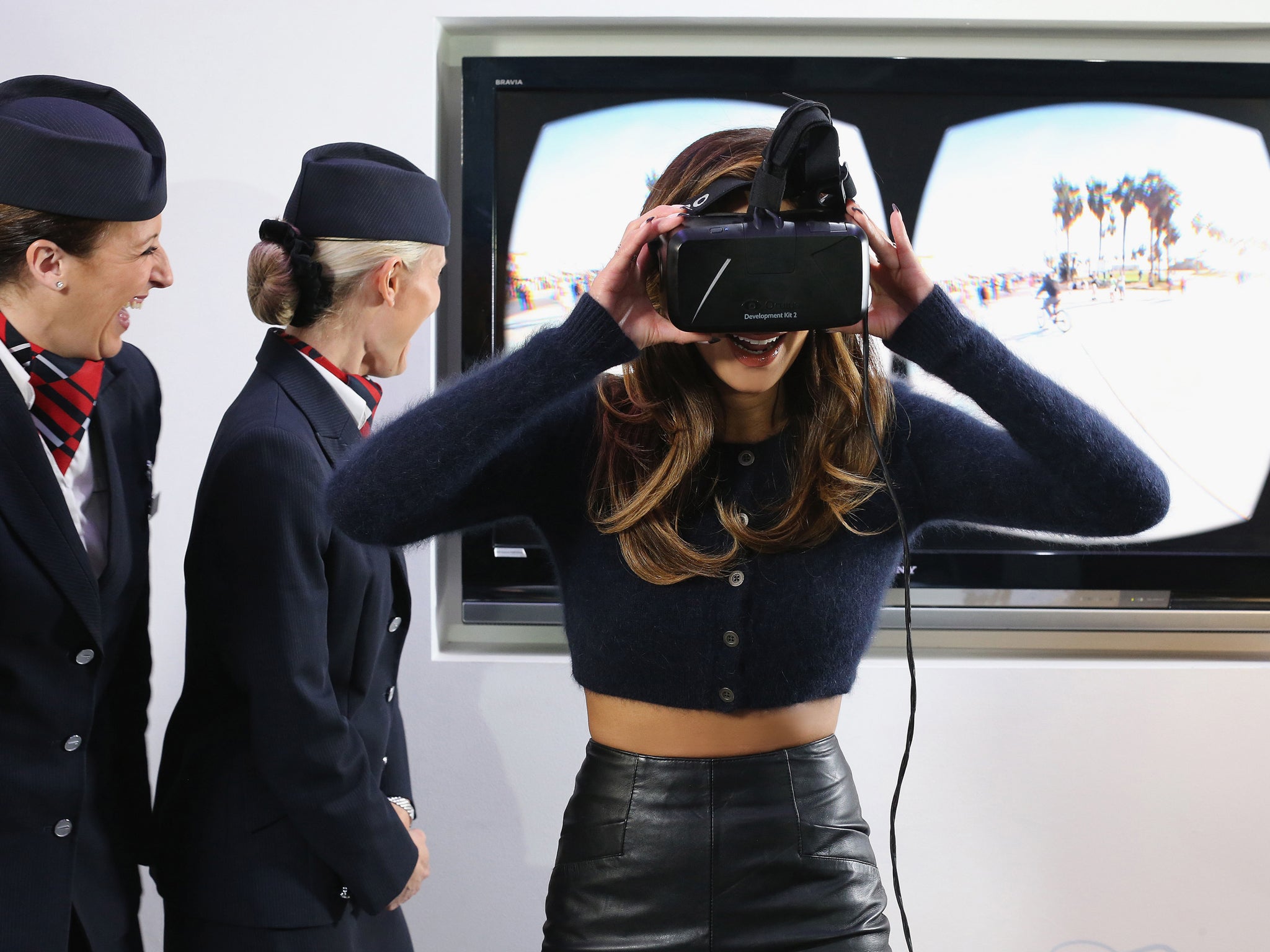Oculus buys Surreal Vision, letting company make virtual reality worlds out of the real one
British company is one of many that take real 3D objects and puts them into a virtual reality world

Oculus Rift has bought British company Surreal Vision, leading to hopes that the two companies might develop kit that allows for virtual reality versions of the real world.
Many other companies that are working on virtual reality, like Microsoft, have developed ways that their headsets can see the real world, map it, and then place it in the virtual reality one. That means that digital images can be laid on top of real ones, such as putting putting a Facebook wall onto a real one.
Such uses for the technology has been demonstrated by one of those involved in the company. Surreal Vision was founded by three researchers from Imperial College London.
The team said that it is “developing breakthrough techniques to capture, interpret, manage, analyse, and finally reproject in real-time a model of reality back to the user in a way that feels real, creating a new, mixed reality that brings together the virtual and real worlds”, in a statement on the acquisition.
“Ultimately, these technologies will lead to VR and AR systems that can be used in any condition, day or night, indoors or outdoors,” they said. “They will open the door to true telepresence, where people can visit anyone, anywhere.”
The company faces extra challenges making such technology for virtual reality, because the model of the world must be flawless and constantly updated. “When we cross these seminal thresholds, users will perceive the virtual world as truly real – and that is the experience we’re driving toward,” the team said.
Microsoft’s HoloLens appears to have a range of cameras and depth sensors that help it see the world around the headset. Mysterious virtual reality company Magic Leap released a video apparently using similar technology in March, showing virtual aliens and guns running around a real life office.
Join our commenting forum
Join thought-provoking conversations, follow other Independent readers and see their replies
Comments